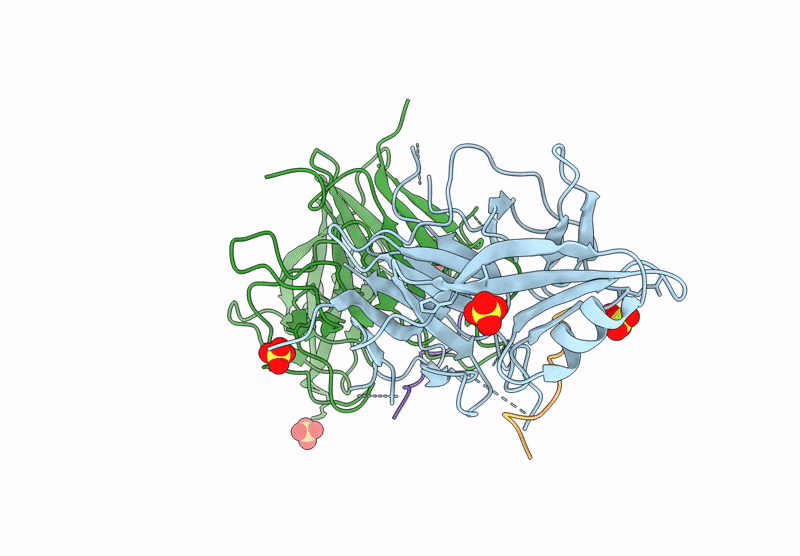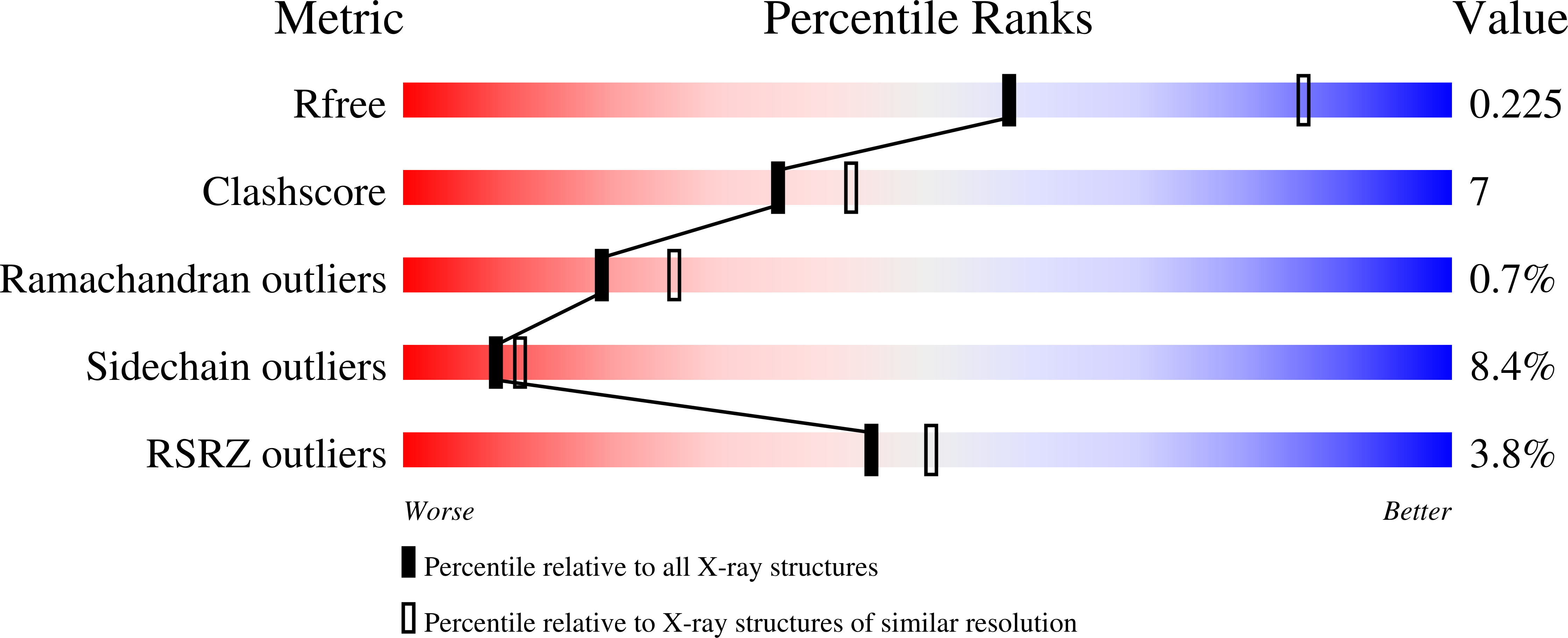
Deposition Date
2025-02-17
Release Date
2025-03-05
Last Version Date
2025-03-26
Entry Detail
PDB ID:
9IF9
Keywords:
Title:
Crystal structure of the Pellino 1 FHA domain in complex with a MDC1-TQxF phosphopeptide.
Biological Source:
Source Organism:
Homo sapiens (Taxon ID: 9606)
Host Organism:
Method Details:
Experimental Method:
Resolution:
2.55 Å
R-Value Free:
0.21
R-Value Work:
0.21
R-Value Observed:
0.21
Space Group:
P 21 21 21


